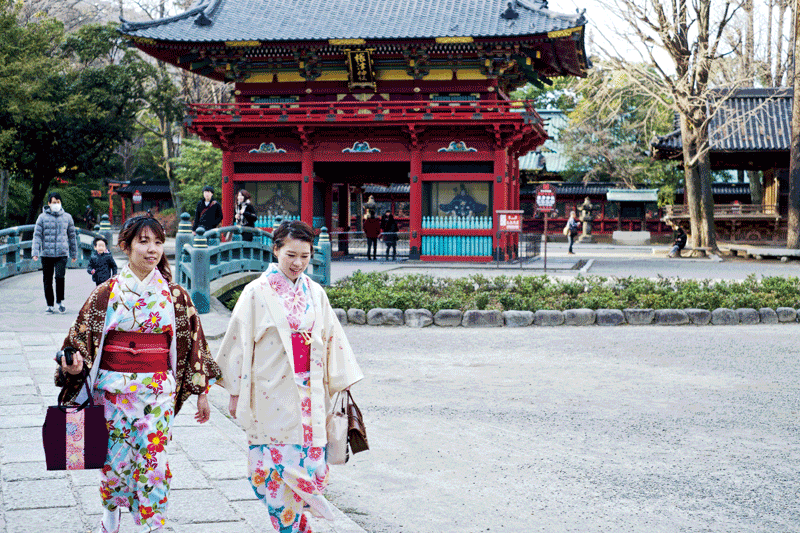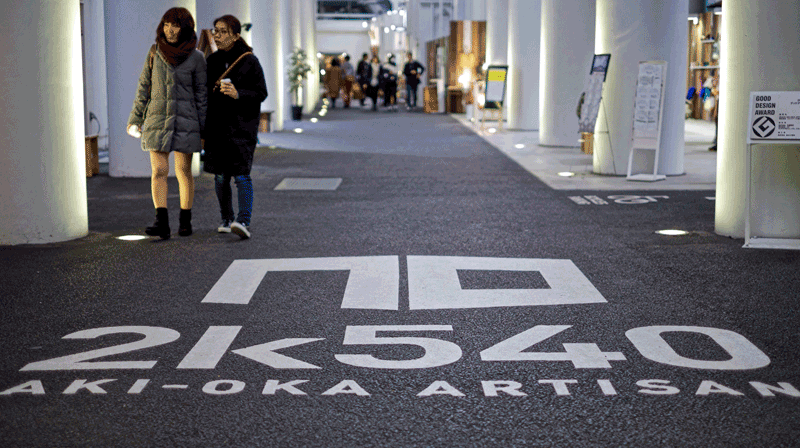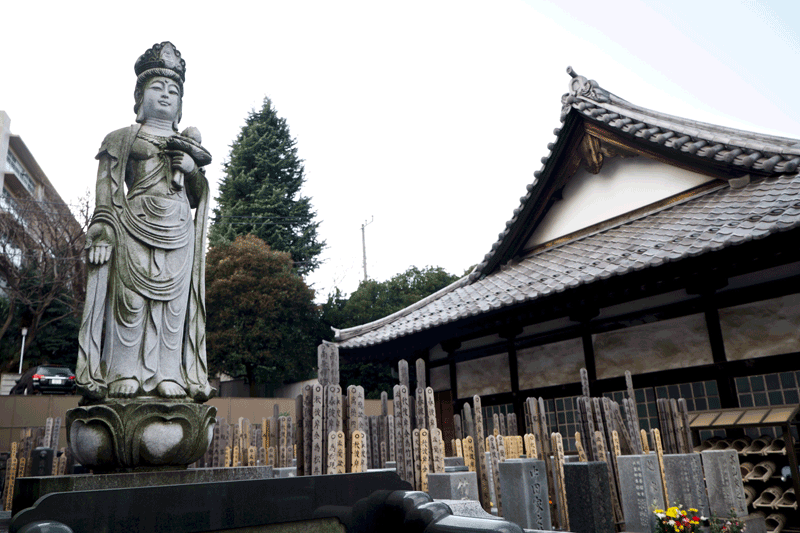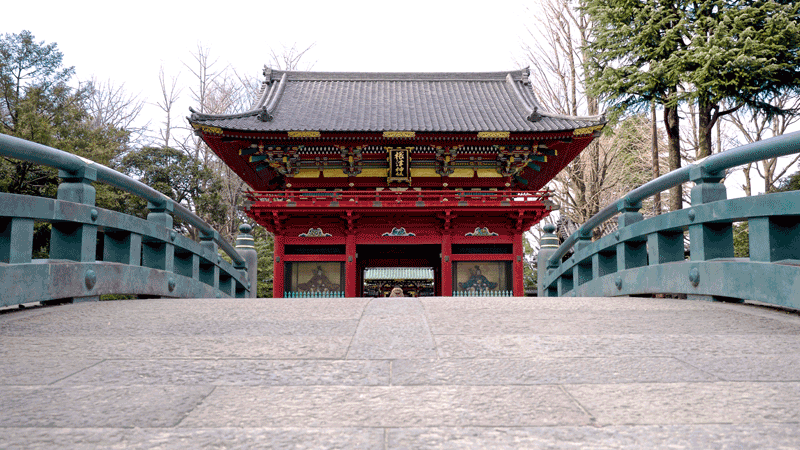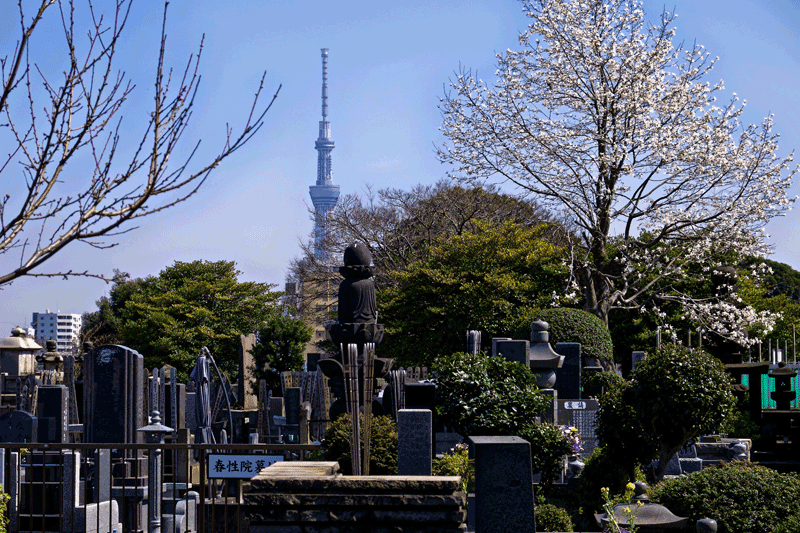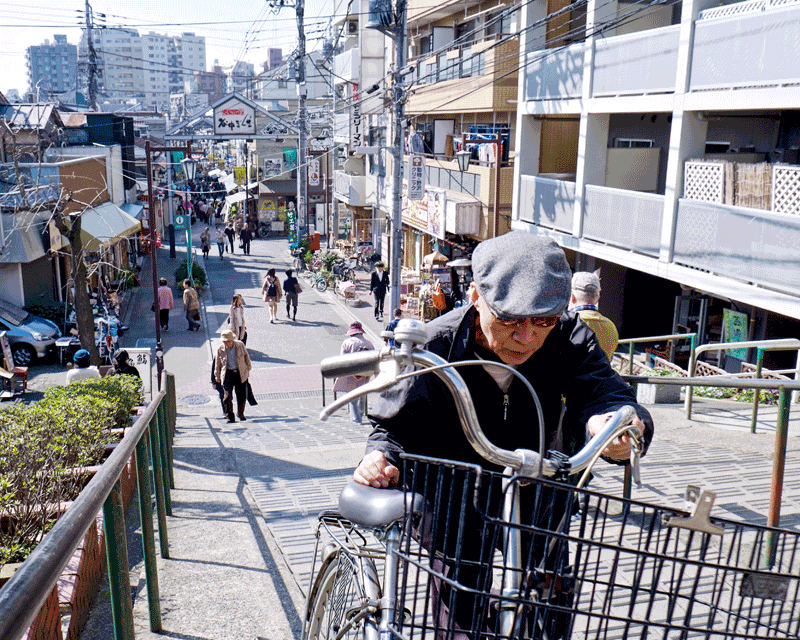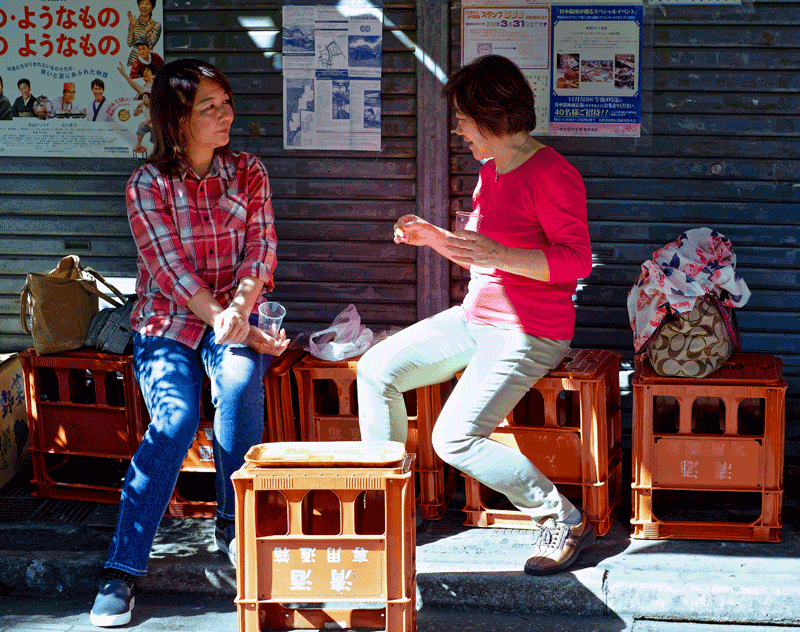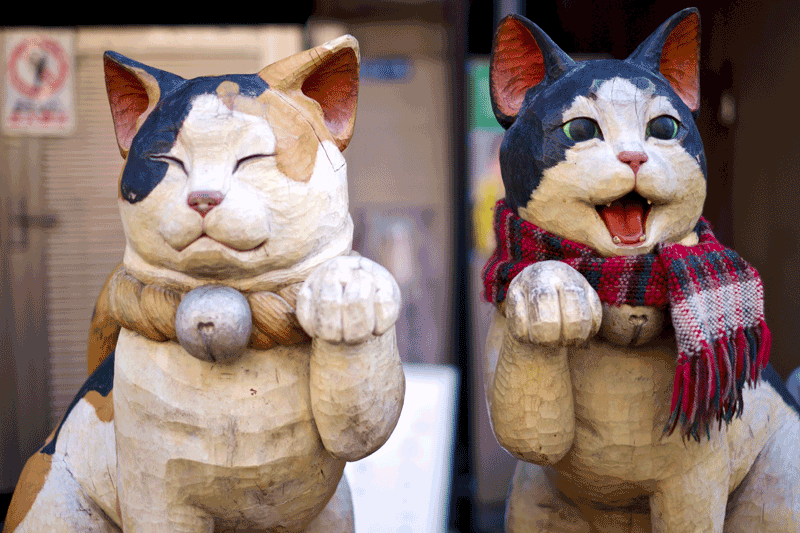Not far from the electric glitter and crowded streets of Akihabara lie a new space for artisanal handiwork and a neighborhood that has been a center of shitamachi bohemian culture for several generations.
Photos by Luca Eandi, words by Vivian Morelli and Alec Jordan
The Right Side of the Tracks
Built a few years back as a way to revitalize a section of the neighborhood between Akihabara and Okachimachi Stations on the Yamanote Line, the 2k540 Aki-Oka Artisan retail space features a few dozen shops, carrying everything from pottery and hand-crafted leather to clothing and food products from around the country. But what’s with the funny name, you might ask? The “Aki” and the “Oka” are clear enough, but the “2k540” refers to the area’s distance—2,540 meters—from Tokyo Station. Got it? Good: now get shopping!
2k540 Aki-Oka Artisan
Taito-ku, 5-9 Ueno
www.jrtk.jp/2k540
Shitamachi Shrines and Temples
Hop on the Yamanote Line at Okachimachi and head counterclockwise to either Nippori or Nishi Nippori Station. If you’re not too superstitious (or it’s not too late in the evening), the Yanaka Cemetery, closest to Nippori, makes for a picturesque stroll throughout the year. The final resting place of historical figures, such as Yoshinobu, the final Tokugawa shogun, it also features broad walkways and rows of cherry trees, so make it a cherry blossom viewing destination if the time is right for the short-lived blooms. Heading west, Nezu Shrine boasts a miniature version of the famous rows of red torii gates at Fushimi Inari in Kyoto. One of Japan’s oldest shrines, it really comes alive from early April to early May, when the Bunkyo Azalea Festival is held on its grounds. The shrine’s sizeable garden is home to around 100 species of azalea which burst into bloom around this time. Yushima Tenjin Shrine is another picturesque location, perhaps best known as a location where students pray for good luck on exams, and for its large bronze nade-ushi (“stroking cow”) statue, which is said to cure diseases just by being rubbed.
These Streets Were Made for Walking
Yanaka is one of the rare areas of Tokyo that kept its old shitamachi (“downtown”) character, populated with merchants, artisans and cats. The district also known as Yanesen (named after the first syllables of the three neighboring districts of Yanaka, Nezu and Sendagi) offers a charming glimpse of the Edo times. It was luckily spared from the WWII bombings, and managed to retain a quaint atmosphere.
Reserve an afternoon to explore this historical part of Tokyo, often overlooked by the hordes of tourists. Start your promenade from Nippori station, and you’ll quickly find yourself in the narrow shopping street of Yanakaginza. Don’t worry about getting lost – just let yourself stumble upon countless food stalls, meat and vegetable markets, textile shops, secondhand and vintage clothing havens, pottery stores, and the many tiny shops carrying traditional crafts such as washi (Japanese paper) and handwoven bamboo baskets.
If you keep walking up the hill towards Ueno, you’ll suddenly snap back to the present: welcome to 2k540 Aki-Oka Artisan, a sleek name for an equally sleek and trendy little area dedicated to jewelry, ornaments and other artifacts. Located right underneath the elevated JR train tracks near Okachimachi station, Aki-Oka Artisan houses groups of craftsmen who display their creations in boutiques, galleries, cafes and studios. While the area will please fashionistas who want to revamp their accessories collection, it offers a lot more than a mere shopping experience. Visitors can participate in various workshops and design their own pieces.
End your stroll with a pit stop at SCAI the Bathhouse, a former bathhouse turned into a sophisticated art space. And don’t leave Yanaka without a taste of old Tokyo, which comes in the form of senbei rice crackers. Take your pick between soy sauce, nori (seaweed), kombu (kelp), or sesame seeds, a nice little snack before hopping back on the train.
Downtown Grounds
Bohemian culture and a good cuppa go hand in hand, so it should come as no surprise that the area around Yanaka has a long tradition of excellent coffee. Kayaba Coffee (6-1-29 Yanaka) has a history that dates back nearly 80 years, and while you can find plenty of Yanaka Coffee (3-8-6 Yanaka, other shops nearby at 2-31-3 Sendagi and 1-5-11 Nezu) shops around town, the location where it all got started is, naturally, right here too. The Hagi Cafe (3-10-25 Yanaka) is just one part of a two-story complex that includes a gallery, an event space, and a design studio. The institution is only three years in the running, but it has charm to spare. Finally, the artfully designed Minori Cafe (1-22-10 Nezu) offers a laid-back environment for whiling away an hour or two over lunch or a lazy afternoon.
All the Cool Cats
One of the first things you’ll notice about Yanaka is the abundance of stray cats hanging around the winding alleys, staircases and the cherry tree–filled cemetery. In fact, several Yanaka shops honor the feline on their storefront signs, as it’s really a theme in the neighborhood. If you’re peckish, you can nosh on a variety of cat-shaped sweets, and even get up close and personal with kitties at several cafes in the area, where owners let them roam free. Make sure to stop by cat-themed boutique Necoaction to stock up on catty memorabilia, and shop alongside live furry friends in the boutique. Recommended: the trinkets, from keychains and socks to picture frames and notebooks. Most Yanaka cats are very photogenic, and they’ll happily pose (or rather, lounge around) for the camera—snap away!

